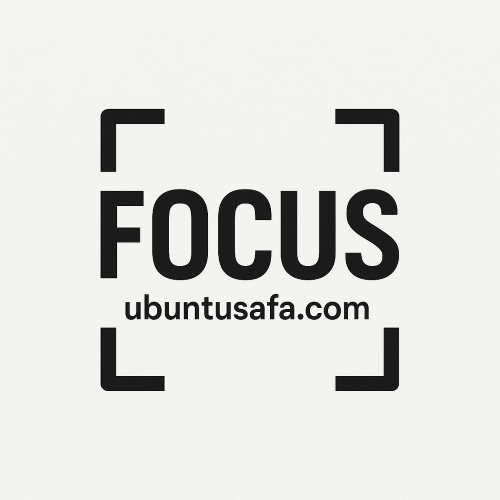Are AI, robotics, and autonomous drones being integrated fast enough into India’s defense strategy?

India's integration of AI, robotics, and autonomous drones into its defense strategy is accelerating, but not fast enough to match the pace of its primary rivals particularly China.
The Indian military has recognized that these technologies are crucial for future warfare and has launched several initiatives to develop and deploy them.
However, bureaucratic hurdles, funding challenges, and a reliance on foreign components slow down the process, creating a significant gap in capability.
Progress and Key Initiatives
India has made commendable strides in this area, demonstrating a clear strategic vision.
-
Institutional Framework: The Ministry of Defence has declared 2025 the "Year of Reforms," with a focus on AI and robotics. The creation of the Defence AI Council (DAIC) and the Defence AI Project Agency (DAIPA), along with dedicated AI working groups in each service arm, shows a serious commitment to a unified AI strategy.
-
Indigenous Drone Development: India's drone capabilities are a highlight of its AI ambitions. Systems like the Heron and Rustom are used for surveillance, while combat drones like Rudrastra are being developed for strikes. India has also invested heavily in swarm drone technology, which enables dozens of AI-powered drones to operate as a collective intelligence for tasks like reconnaissance and jamming enemy radars.
-
Robotics and Autonomous Systems: The Indian Army is exploring the use of AI-powered robotic dogs, or MULEs (Multi-Utility Legged Equipment), for combat support in difficult terrain. The Sapper Scout is an autonomous UGV designed for mine detection, reducing risks to human soldiers.
-
AI for Decision-Making: AI is being integrated into command and control systems to provide commanders with real-time intelligence and predictive analysis. The Avekshan system, for example, uses AI to analyze drone footage and distinguish between livestock and genuine threats, reducing false alarms.
-
Private Sector and Startups: India is leveraging its robust tech ecosystem through initiatives like iDEX (Innovations for Defence Excellence), which funds and supports defense technology startups. Private companies like ideaForge are now producing battlefield-ready drones and surveillance tools.
Challenges and Vulnerabilities
Despite the progress, several challenges hinder the rapid integration of these technologies.
-
Procurement Delays: The defense procurement cycle is still slow and cumbersome, delaying the deployment of cutting-edge technology.
-
Fragmented Frameworks: While there are dedicated AI bodies, a lack of seamless collaboration between the Defence Research and Development Organisation (DRDO), private enterprises, and academia can slow down innovation.
-
Dependence on Foreign Components: India's push for indigenization is strong, but it still relies on foreign nations for critical components, which can create supply chain vulnerabilities and limit technological independence.
-
Talent and Funding: There is a shortage of skilled personnel with expertise in defense-specific AI and a need for more consistent, long-term funding for R&D. While a significant portion of the defense tech market is expected to be driven by AI by 2030, a large part of the defense budget is still allocated to traditional expenses like salaries and pensions.
-
Ethical and Legal Concerns: India, like other nations, is grappling with the ethical and legal implications of Lethal Autonomous Weapon Systems (LAWS). The country is taking a pragmatic stance in international forums, emphasizing human accountability and compliance with international humanitarian law.
In conclusion, while India is moving in the right direction, its integration of AI, robotics, and autonomous drones is still in its nascent stages.
The country's military modernization is happening, but it needs to accelerate significantly to maintain a competitive edge against adversaries that are already far ahead in this new domain of warfare.
By John Uju-Ikeji
- Questions and Answers
- Opinion
- Motivational and Inspiring Story
- Technology
- Live and Let live
- Focus
- Geopolitics
- Military-Arms/Equipment
- Segurança
- Economy
- Beasts of Nations
- Machine Tools-The “Mother Industry”
- Art
- Causes
- Crafts
- Dance
- Drinks
- Film/Movie
- Fitness
- Food
- Jogos
- Gardening
- Health
- Início
- Literature
- Music
- Networking
- Outro
- Party
- Religion
- Shopping
- Sports
- Theater
- Health and Wellness
- News
- Culture

